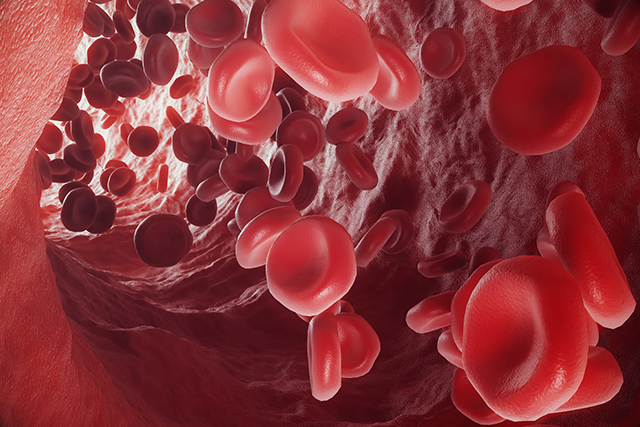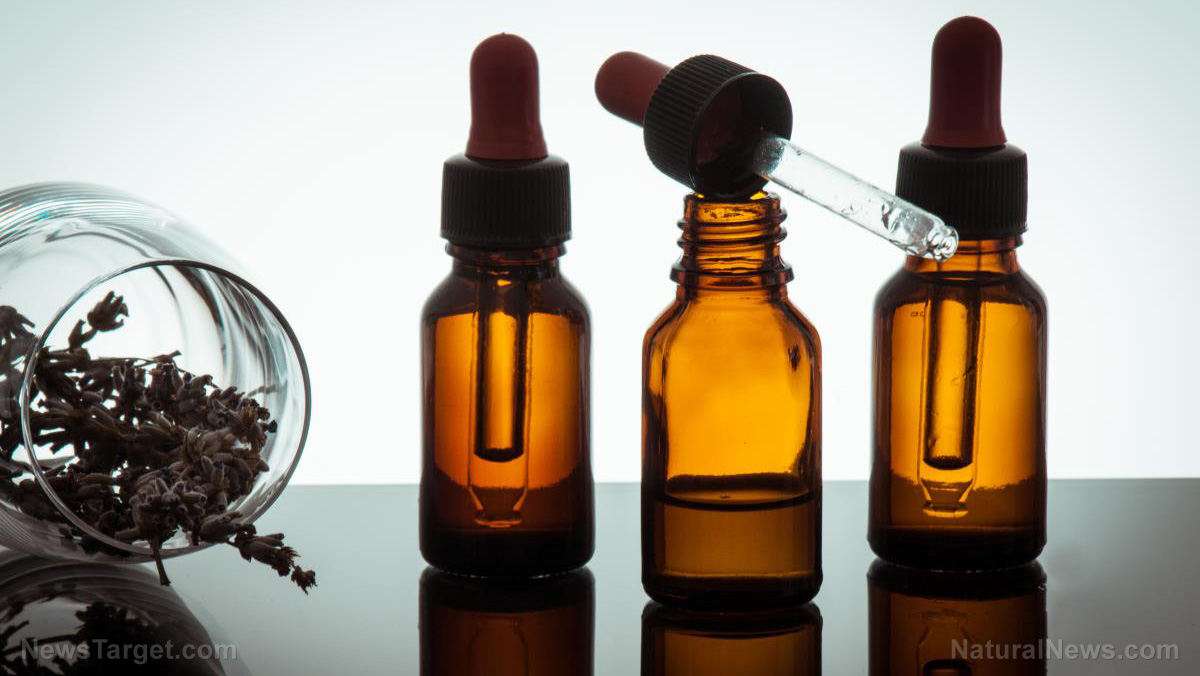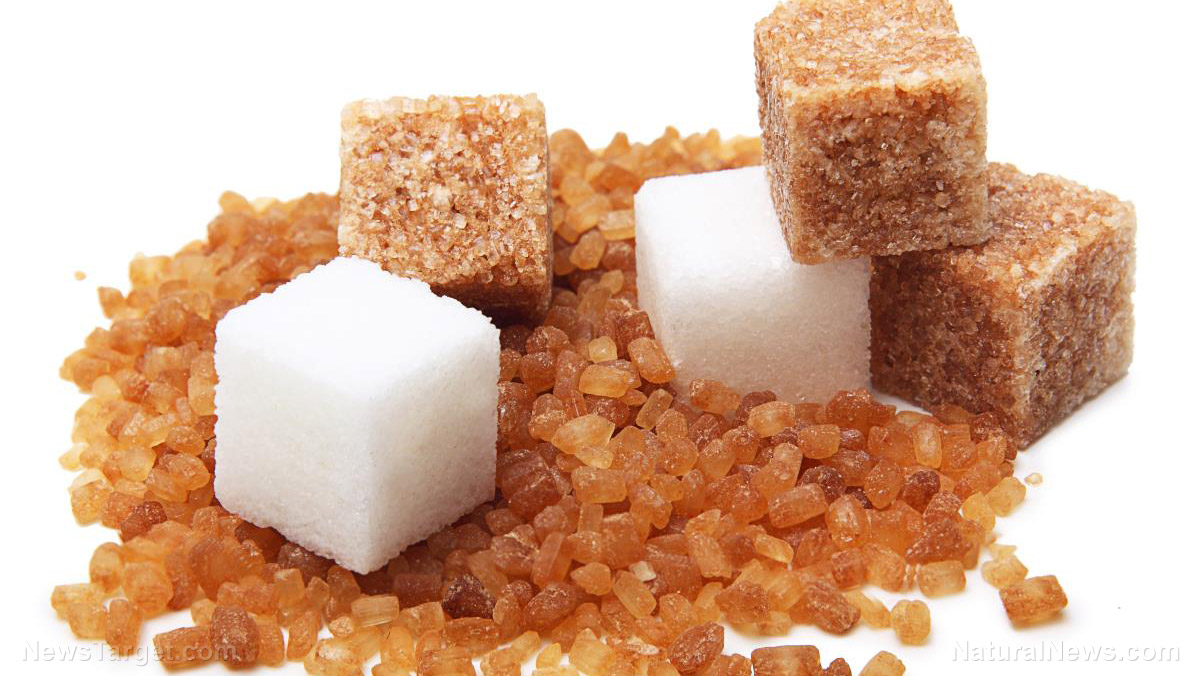From vitamin C therapy to acupuncture: Natural ways to prevent and ease shingles
06/14/2018 / By Zoey Sky

Even though at least one in three people will develop shingles, or herpes zoster, in their lifetime, there are only a handful of effective remedies for the viral disease.
A person develops shingles when latent varicella-zoster/chickenpox virus reactivates along the sensory nerves in the skin. The symptoms of shingles include painful blisters that last for about two to four weeks.
The condition’s long-term complications include chronic pain that can last for several months or even years. This can severely affect a person’s quality of life. Other possible complications are blindness, hearing loss, meningitis, and neuropathy.
Unlike drugs that are linked to negative side effects, the following natural remedies can ease the symptoms or treat shingles effectively.
- Acupuncture — Acute herpes zoster is a common condition and pain is one of its major symptoms. Even though effective pain therapy is limited, acupuncture can help ease the discomfort caused by the disease. In a Chinese study, acupuncture proved to be more effective than medication in treating pain – with acupuncture being at least 25 percent more effective than valacyclovir hydrochloride, a drug usually prescribed for shingles. The cure rate also followed a similar pattern: 75 percent for electroacupuncture, while that for the drug was only a measly 37.5 percent.
- Capsaicin — Postherpetic neuralgia is a complication of shingles that may persist even after the initial rash and blisters linked to the disease have disappeared. Postherpetic neuralgia affects the nerve fibers and skin, causing chronic, burning pain. Capsaicin, the compound in hot peppers that gives them their spicy taste, has been shown in studies to help treat postherpetic neuralgia. According to researchers, capsaicin doesn’t react to drugs and it isn’t linked to systemic toxicity, making it effective for treatment.
- Fruits and vegetables — Diets low in micronutrients (or antioxidants, vitamins, and minerals, etc.) can weaken the immune system, increasing an individual’s risk of developing shingles. In a British community-based case-control study, researchers isolated a connection between low fruit consumption and greater shingles risk. Individuals who consumed less than a piece of fruit weekly had over thrice the risk of shingles, unlike those who ate more than three pieces of fruit daily. The results were the same when the researchers combined the participants’ fruit and vegetable intake. Foods rich in vitamins include beans, chicken, dairy, eggs, leafy green vegetables, orange and yellow fruits, spinach, tomatoes, whole grains, and wild-caught fish.
- Peppermint oil — In a case study, a 76-year-old woman reported that standard pain therapies couldn’t relieve the pain caused by shingles. Doctors recommended the application of neat peppermint oil, which contained 10 percent menthol, to her skin. The woman shared that the peppermint oil almost immediately relieved the pain caused by the disease. She added that the oil eased the pain she felt for at least four to six hours after the oil was applied. (Related: Treating shingles with homeopathy.)
- Tai chi — The risk of developing shingles greatly increases with age since immunity to the chickenpox virus decreases as we get older. But based on the results of a study from the University of California, Los Angeles (UCLA), tai chi can help strengthen immunity to the virus that causes shingles. In particular, cell-mediated immunity to the varicella zoster virus went up by about 50 percent following the tai chi sessions.
- UVB Light (ultraviolet light) therapy — UVB light therapy can help reduce the pain caused by shingles. For a study that compared the effects of UVB light therapy with a drug called acyclovir, researchers discovered that after a month, 58.33 percent of the patients who received light therapy reported that they were pain-free, compared to only 38.46 percent of the participants who only took the drug. After three months, 83.33 percent of the participants from the first group were completely pain-free, with only 53.85 percent of the drug group reporting the same. Pain severity of pain was also recused among those in the light therapy group.
- Vitamin C therapy — Dr. Thomas Levy reports that vitamin C can effectively treat shingles. For a study, eight patients with shingles were given about 2,000 to 3,000 milligrams (mg) of vitamin C via injection every 12 hours. The dosages were supplemented by 1,000 mg of fruit juice every two hours. Seven of the eight patients reported complete pain relief in under two hours following the first injection.
You can read more articles about effective natural remedies for shingles at Naturalcures.news.
Sources include:
Tagged Under: acupuncture, alternative medicine, capsaicin, fruits and vegetables, healing, healthy diet, Herbs, light therapy, natural cures, natural health, Peppermint Oil, proper nutrition, remedies, seaweed, shingles, tai chi, Tasmanian Undaria pinnatifida, U. pinnatifida, Undaria pinnatifida, vitamin C, vitamin C therapy



















